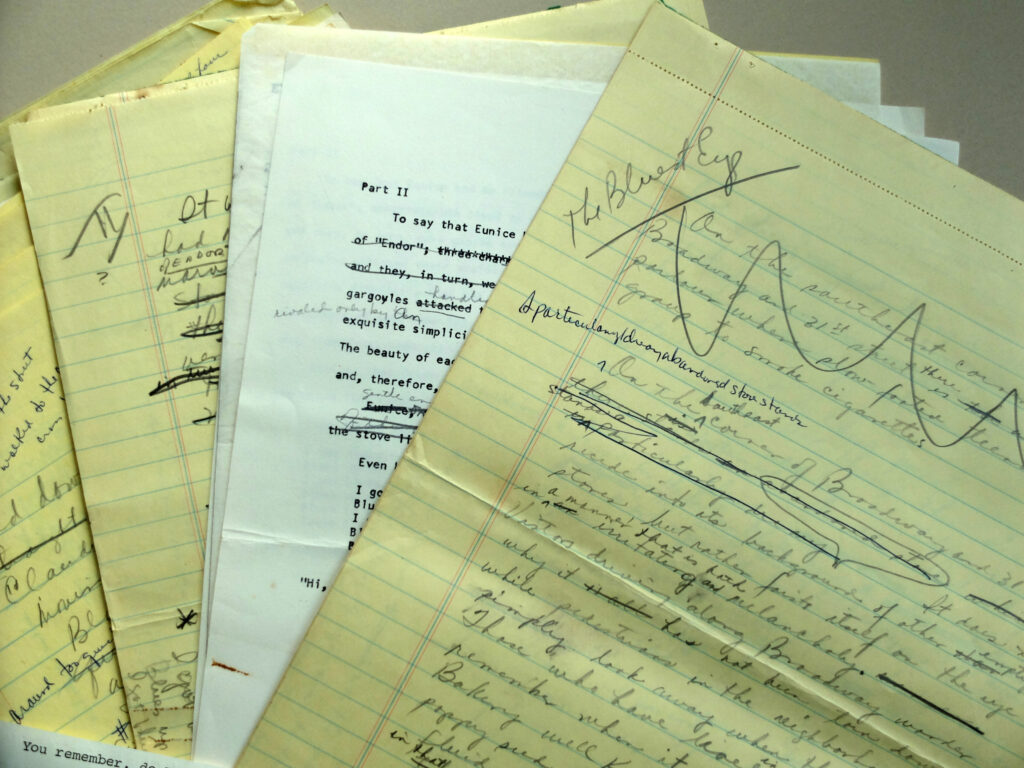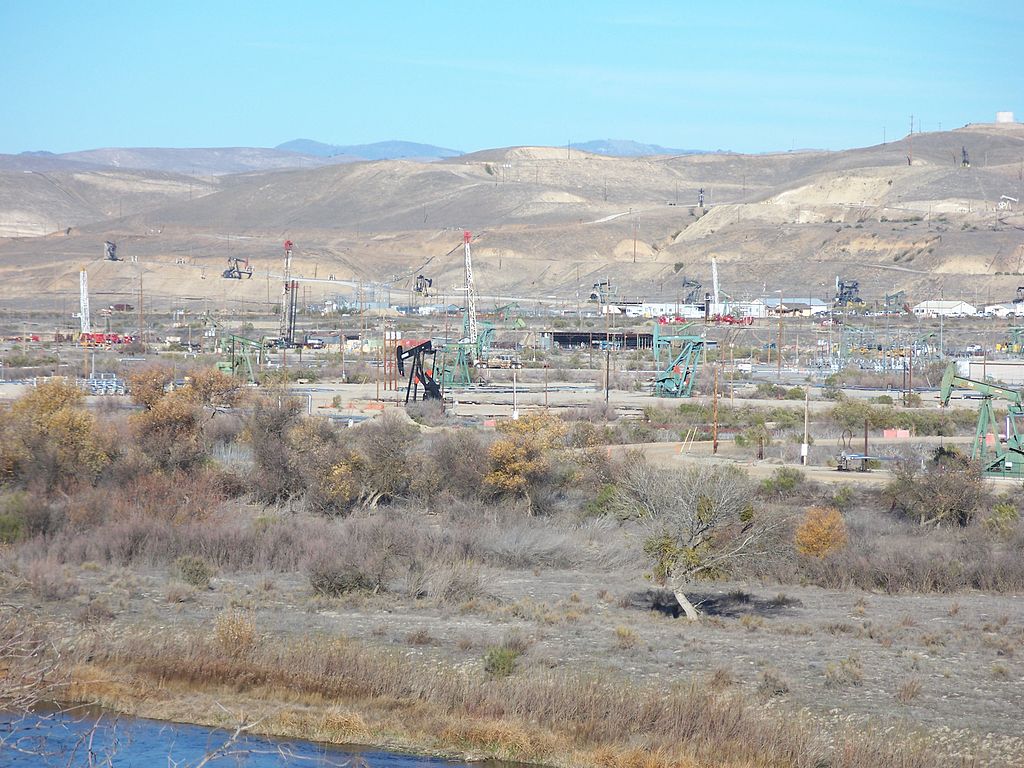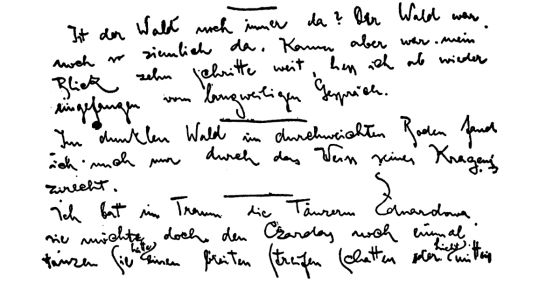At around 3 a.m. on Sister in law Who Let Me Use Her HoleDec. 12, 2015 — essentially the very last minute — U.N. negotiators added a critical element to the historic Paris climate accords, the agreement aimed to dramatically reduce civilization's emissions of heat-trapping greenhouse gases.
This late-night addition, called "Article 6," proposes a plan for putting a price on carbon, which would make burning oil, gas, and coal increasingly expensive, and less attractive. But four years later, the U.N.'s 193 members have yet to agree on how to make this carbon-pricing scheme work.
It's a glaring piece of unfinished, ruthlessly complex business — but it will now be completed. At least, that's the plan.
Between Dec. 2 and Dec. 11, global nations big and small will convene in Madrid, Spain at the 25th U.N. Climate Change Conference, or COP 25 for short. Because there are no global laws with punishments for emitting carbon, the U.N. instead hopes to create a voluntary carbon trading system. In short, nations that have slashed their emissions below what they've pledged can then sell their remaining carbon budget to other nations — nations that burn too many fossil fuels and exceed their carbon-cutting commitments. This carbon market is a tool intended to mobilize international cooperation to stabilize the warming climate, by both openly showing how much carbon countries are emitting while encouraging a rapid adoption of renewable energies.
Finding a palatable way to encourage momentous carbon reductions is now paramount. On Earth, 18 of the 19 warmest years on record have occurred since 2000. As of now, Earth is relentlessly warming.
"There is no international policeman that is going to come around and force countries to meet their climate agreements," said Alex Hanafi, the lead counsel in the Environmental Defense Fund's Global Climate Program, who is attending COP 25.
Each country's present commitments to cutting carbon emissions, known as nationally determined contributions (NDCs), are woefully lacking.
"We know they’re all inadequate," said Kelly Levin, a climate policy expert at the World Resources Institute who specializes in global climate commitments. (Levin, too, will attend COP 25.)
Just how inadequate? An annual and increasingly sour U.N. analysis, called the Emissions Gap Report, recently concluded that if current climate pledges are kept, Earth will warm by a whopping 3.2 degrees Celsius (5.7 degrees Fahrenheit) above pre-Industrial Revolution temperatures by the century's end. To avoid the ever-worsening consequences of extreme drought, deluges, wildfires, and melting ice sheets, U.N. scientists recommend curbing Earth's warming at an extremely ambitious 1.5 C.
This Tweet is currently unavailable. It might be loading or has been removed.
Right now, for example, the U.S. — the largest historic carbon emitter — has committed to cut carbon emissions by 26 to 28 percent below 2005 levels by 2025, but it will need to commit to increasingly more ambitious cuts (eventually reaching net-zero emissions). Yet, the U.S. might not even achieve its current 2025 pledges. The world's richest nation is on track to just achieve about half of these cuts, according to Climate Action Tracker, an independent climate analysis group.
If a market for carbon existed, like Article 6 proposes, the U.S. could buy carbon credits from another nation that has allowances to spare. But simply emitting carbon (and not reducing emissions) while buying carbon credits will grow increasingly expensive as other nations commit to emit less carbon (NDCs), meaning an ever-dwindling supply of available carbon credits. That reduced supply leads to higher demand which bumps the price up. What's more, as nations make deeper and significantly more expensive carbon cuts, such as building out electricity-powered public transit, developing futuristic nuclear fusion technologies, and investing in innovations to slash carbon emissions from industrial sectors (like steel, concrete, and plastic), the cost of meeting ever-more-ambitious carbon pledges will go up — and, consequently, so will the price of buying up these carbon credits since it'll cost countries more and more to arrive under their carbon budget, explained the Environmental Defense Fund's Hanafi.
A truly global carbon market could be similar to the most successful carbon market in existence, the European Union's Emissions Trading System, which turned 14 this year.
Although imperfect, the system put a cap, or limit, on the volume of greenhouse gases EU companies can emit from power plants and industrial plants. Critically, "the cap is reduced over time so that total emissions fall," says the EU.
This Tweet is currently unavailable. It might be loading or has been removed.
Nations and companies have big incentives to slash carbon emissions, beyond the potential of selling carbon credits to over-polluting countries, explained Hanafi.
Perhaps most appetizing to governments is that there's a ton of money to be made from renewable energy. An arm of the World Bank, called the International Finance Corporation, estimated that national commitments to slash carbon emissions would "open up nearly $23 trillion" in climate investment opportunities by 2030.
China, with its surging production of solar panels, wants that money. "China sees the advantages of being a leader in the clean air economy," noted Hanafi.
And for the many nations beleaguered with poor air quality, renewables and electric transportation don't spew pollution into the air — a problem so hideous even many of America's acclaimed national parks often have harmful to terrible breathing conditions.
SEE ALSO: The remote polar bear town rapidly losing its famous residentsAny credible carbon market, though, must solve a terribly difficult question that arises when counting up a nation's emission reductions. It is, appropriately, called the matter of "double counting."
"Double counting must be avoided," emphasized the World Resources Institute's Levin.
If, hypothetically, France sells the U.S. carbon credits, both nations can't put those emission reductions in their carbon piggy bank even though the U.S. technically reduced their carbon emissions through that purchase: France achievedthem, but the U.S. boughtthem. Importantly, if both nations' counted these credits they would grossly inflate, or in fact, double the amount of actual carbon cuts. One solution, then, is for carbon sellers (like France) to transparently add these emissions back to into their carbon account. If there aren't rules for doing this reliably and accurately, there's a giant problem.
"It is the equivalent of paying your bills, but not deducting the amounts from your bank balance," the Environmental Defense Fund wrote. "That would be dangerous for your financial well-being, just as failing to account for transfers of emissions reductions is dangerous for the health of our climate."
 Original image has been replaced. Credit: Mashable
Original image has been replaced. Credit: Mashable Though creating a carbon market system will be flush with wonky, technical rules, it's superior to a flat carbon tax, said Hanafi. (A carbon tax is a price for the amount of carbon emitted into the atmosphere, which would often be passed down to consumers. For example, a $40 tax per ton of carbon emitted would "add about 36 cents to the price of a gallon of gasoline," according to the Tax Policy Center.)
A carbon tax would certainly make fossils fuels more expensive and less inviting, but they won't create a system that allows for everyone in the world to see what everyone else is emitting, or not emitting. With a carbon market, "[countries] need to be transparent about what emissions are," said Hanafi. "Everyone can see with transparency."
Unfortunately, a somewhat weird presence at the COP 25 meeting is the United States, which, at the Trump administration's behest, will soon be the only nation on Earth to leave the Paris climate agreement: The U.S. departure becomes official in November 2020, to climate scientists' profound dismay.
But the United States' imminent departure likely won't derail efforts to wrap up Article 6. President Trump has threatened to leave the Paris agreement for the last few years; the world is well aware of his contrarian diplomatic antics, but continues to advance critical climate policy.
"Given Trump’s previous announcements, [officially leaving Paris] wasn’t really different than the signal all along," said Levin, who noted veteran U.S. policymakers will still be at the COP 25 meeting.
"There are some tremendously seasoned and dedicated officials in the State Department that have been negotiating this for years," she said. "They are still engaged."
 Morrison’s Infinity Knots: Sites of Memory at Princeton by Adrienne Raphel
Morrison’s Infinity Knots: Sites of Memory at Princeton by Adrienne Raphel
 Shopping Diary by Adrienne Raphel
Shopping Diary by Adrienne Raphel
 The Written World and the Unwritten World by Italo Calvino
The Written World and the Unwritten World by Italo Calvino
 NYT Strands hints, answers for April 26
NYT Strands hints, answers for April 26
 Oil!: On the Petro
Oil!: On the Petro
 I Love Birds Most by Kate Riley
I Love Birds Most by Kate Riley
 Camus’s New York Diary, 1946 by Albert Camus
Camus’s New York Diary, 1946 by Albert Camus
 Asus VivoWatch 6 AERO measures blood pressure and ECG
Asus VivoWatch 6 AERO measures blood pressure and ECG
 Plan for a Journal by Italo Calvino
Plan for a Journal by Italo Calvino
 Amazon Prime Grubhub deal: Save $10 off orders of $20 or more
Amazon Prime Grubhub deal: Save $10 off orders of $20 or more
 Misreading Ulysses by Sally Rooney
Misreading Ulysses by Sally Rooney
 Kafka’s Diaries, 1911 by Franz Kafka and Ross Benjamin
Kafka’s Diaries, 1911 by Franz Kafka and Ross Benjamin
 The Dust by Christopher Chang
The Dust by Christopher Chang
 Best IPL deal: Save $80 on Braun IPL Silk·Expert
Best IPL deal: Save $80 on Braun IPL Silk·Expert
 A Letter from the Review’s New Poetry Editor by Srikanth Reddy
A Letter from the Review’s New Poetry Editor by Srikanth Reddy
 A Letter from the Review’s New Poetry Editor by Srikanth Reddy
A Letter from the Review’s New Poetry Editor by Srikanth Reddy
 Sometimes a Little Bullshit Is Fine: A Conversation with Charles Simic by Chard deNiord
Sometimes a Little Bullshit Is Fine: A Conversation with Charles Simic by Chard deNiord
 The Amazon Book Sale is coming April 23 through 28
The Amazon Book Sale is coming April 23 through 28
 Plan for a Journal by Italo Calvino
Plan for a Journal by Italo Calvino
Return by Jill TalbotHow to Read the Air by Anna BadkhenRedux: A Ball of Waxy Light by The Paris ReviewStaff Picks: Witches, Glitches, and Governesses by The Paris ReviewThe Art of Distance No. 32 by The Paris ReviewWilliam Gaddis’s Disorderly Inferno by Joy WilliamsThe Now by Lucy SanteOath by Eileen MylesStaff Picks: Boats, Brands, and Blasphemy by The Paris ReviewThe Art of Distance No. 24 by The Paris ReviewThe Sky Above, the Field Below by Hanif AbdurraqibAllen Ginsberg at the End of America by Michael SchumacherStaff Picks: Memorials, Maps, and Machines by The Paris ReviewScenes from a Favela by The Paris ReviewThe Stylish Disaffection of “Divorcing”Cooking with Italo Calvino by Valerie StiversThe Art of Distance No. 33 by The Paris ReviewDeath’s Traffic Light Blinks Red by Cathy Park HongRedux: Each Rustle, Each Step by The Paris ReviewObsession by Amanda DeMarco This woman just might be the world's youngest airline captain Adorable 'tumble dryer' kittens born in London dry Tom Hiddleston stares into the abyss while wearing a fancy suit and petting a dog Dog who came back to the same spot for a year awaiting owners is killed by a vehicle there Inside Google's plan to conquer India's internet users #UnlikelyDebateGuests highlights people we only wish could be at the presidential debate Bright blue burgers are here to fulfill your insatiable hunger for weird food Justin Theroux responds to Jennifer Aniston getting yanked into the Brangelina divorce Everything announced during Apple's WWDC 2025 keynote event Shoving fight breaks out at first presidential debate Voters are using YouTube for election news in ways you wouldn't expect Sad dog just misses his humans This Fox News host's comment about Hillary Clinton has the internet in an uproar Xiaomi's Mi 5s and Mi 5s Plus laugh at your flagship's specs Trump scored the debate's most retweeted tweet with a 2012 climate theory Donald Trump is totally right, we need more 'Law & Order' Donald Trump is not deleting tweets, despite claims to the contrary The entire Marlins team will wear No. 16 in José Fernandez tribute Edward Snowden's favorite messaging app is now on desktop Donald Trump identifies new cybersecurity threat: 400
2.4583s , 10156.8359375 kb
Copyright © 2025 Powered by 【Sister in law Who Let Me Use Her Hole】,Unobstructed Information Network